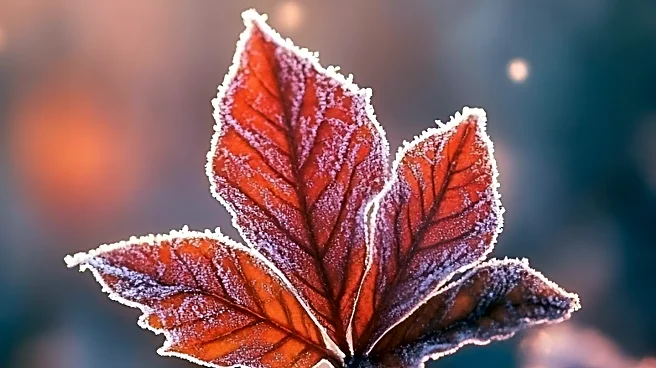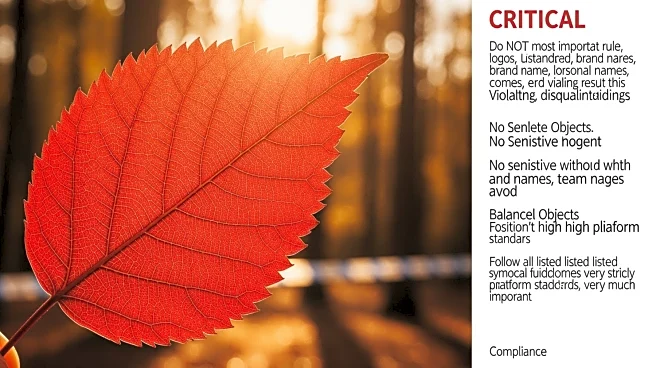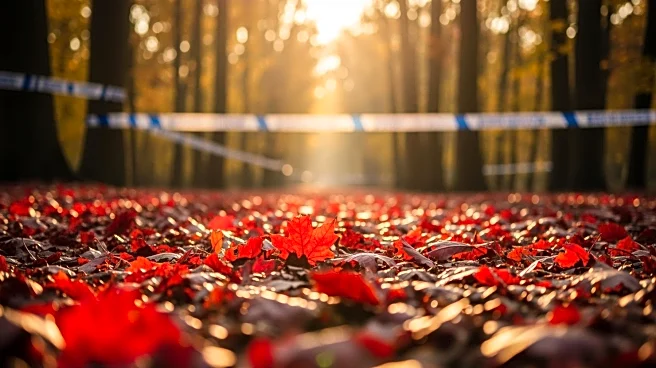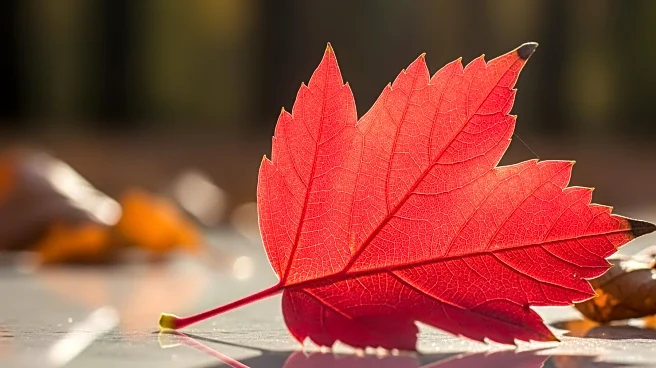What's Happening?
NPR's Short Wave podcast delves into the scientific mystery of why some leaves turn red in the fall. While the process of leaves turning yellow is well understood—due to the breakdown of chlorophyll—red
leaves require the production of a new pigment, which remains largely unexplained. Scientists have yet to reach a consensus on why trees expend energy to produce red pigments in dying leaves. The podcast features insights from NPR science correspondent Nell Greenfieldboyce, who discusses various hypotheses that attempt to explain this phenomenon.
Why It's Important?
Understanding why leaves turn red in the fall has broader implications for ecological and environmental studies. The production of red pigments could be linked to factors such as protection from sunlight, pest deterrence, or other ecological benefits. This knowledge could enhance our understanding of plant behavior and adaptation, potentially influencing forestry management and conservation strategies. Additionally, the aesthetic and cultural significance of fall foliage contributes to tourism and local economies in regions known for vibrant autumn displays.











